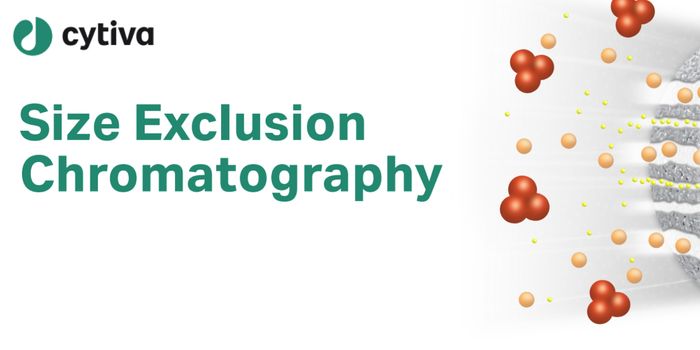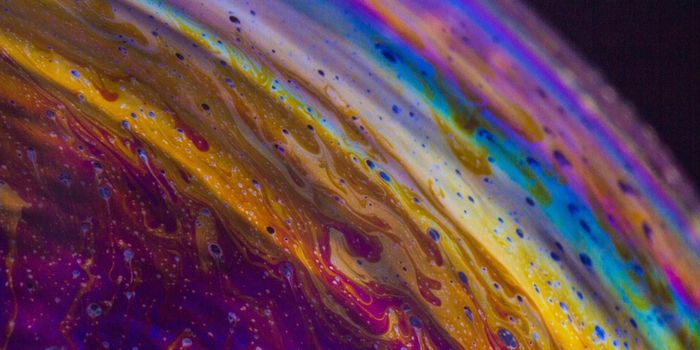Scientists Discover an Ion Channel Essential to Touch Perception
As we interact with the world, we feel it when we touch things. The information we get from touch sensations helps us carry out many daily activities, from typing on a keyboard to handling food. Tactile contact is also crucial to neurodevelopment in mammals. An ion channel called Piezo2 has long been known to be essential for touch perception, but now researchers have discovred another ion channel that is important to this phenomenon. The work has been reported in Science.
While Piezo2 is required for touch perception, it's also been apparent that this single protein cannot explain the sensation completely, noted senior study author Professor Gary Lewin, head of the Molecular Physiology of Somatic Sensation Lab at the Max Delbrück Center for Molecular Medicine in the Helmholtz Association (MDC).
Scientists in the Lewin lab have now identified an ion channel called Elkin1 that is a critical player in touch perception in mice. Elkin1 helps transmit a mechanical stimulus to the brain through neuronal signaling; it's thought that this channel plays an important role in the conversion of the feeling of touch into an electrical signal that is perceived by the brain.
The investigators first found Elkin1 while assessing a cancerous cell line. This protein was essential for these cells, which move around a lot, to detect mechanical forces. So the researchers wanted to know whether this protein was also relevant to touch sensation, said Lewin.
The team engineered a mouse model without the Elkin1 gene. Then they exposed the mice to mechanical stimuli by gently brushing cotton swabs against their hind paws. Unmodified mice had a reaction to the cotton swab about 90 percent of the time, noted Lewin.
But the mice that did not express Elkin1 ion channels only reacted to the swab half of the time, which indicates that they are insensitive to touch, Lewin added. The investigators also showed that the mouse model still had normal reactions to stimuli that were not mechanical, such as temperature changes.
With a tool called patch clamps, the researchers were able to measure the electrical activity in the sensory neurons of these mice. They found that there was no electrical response to mechanical stimuli when Elkin1 was absent in about half of the neurons, and there was no transmission of touch sensation. There weren't any electrical signals moving to the nervous system from the receptors in the skin.
While additional work will be necessary to confirm that this mechanism is at work in humans, the researchers found that similar processes are indeed occurring in human sensory neurons grown in culture.
When touch sensations are transmitted, it seems that both Elkin1 and Piezo2 are involved, and Elkin1 could be particular important to perceiving painful stimuli.
"If this is confirmed to be the case, we will have not only identified a second ion channel with an indispensable role in normal touch perception, but also a new potential target for treating chronic pain," added Lewin.
Sources: Max Delbrück Center for Molecular Medicine, Science









